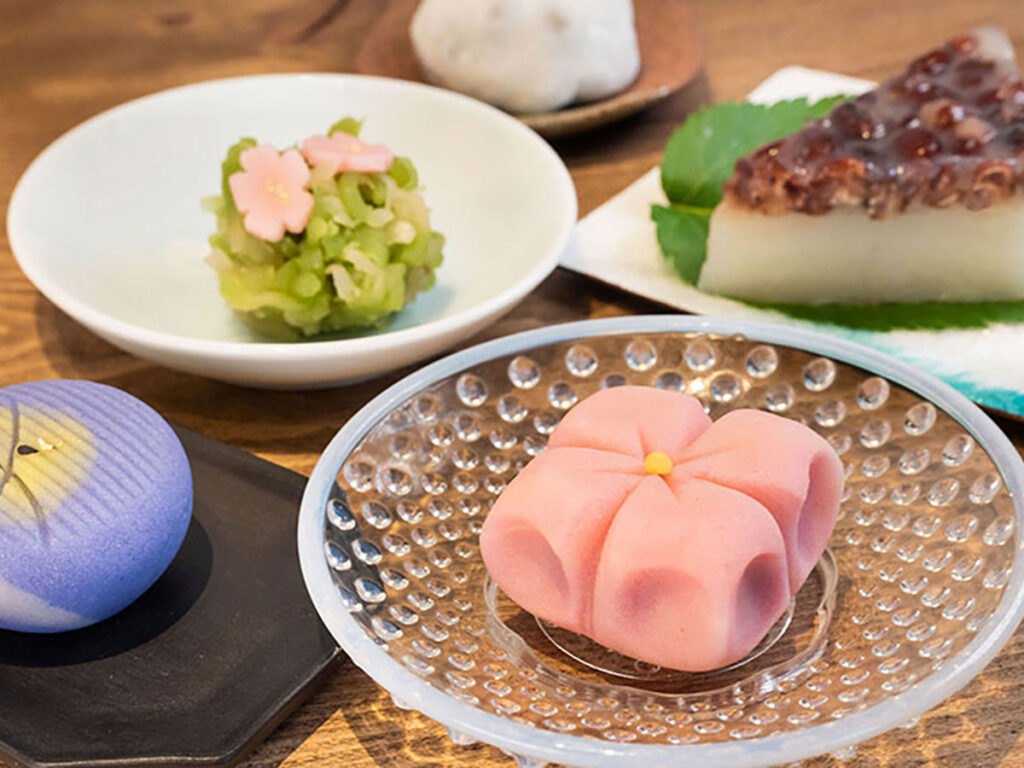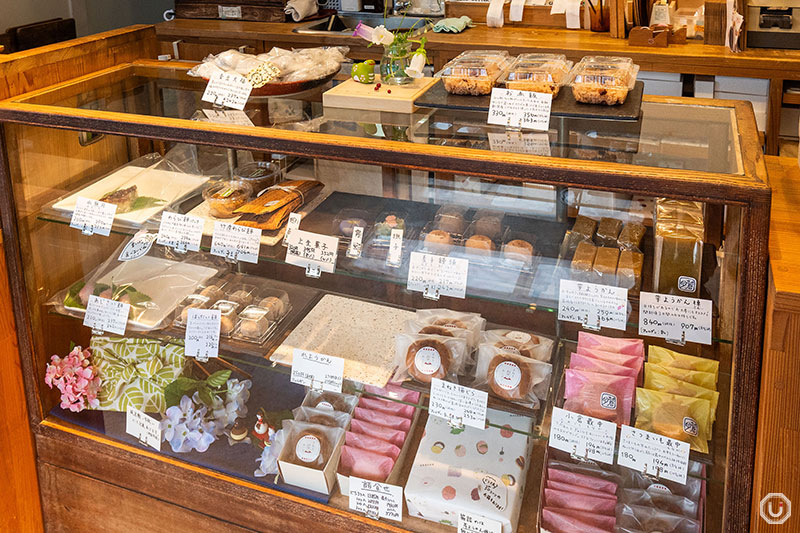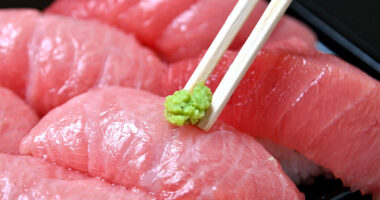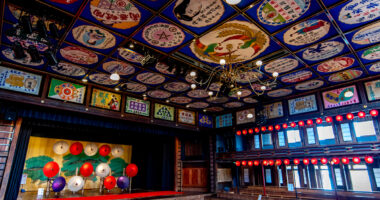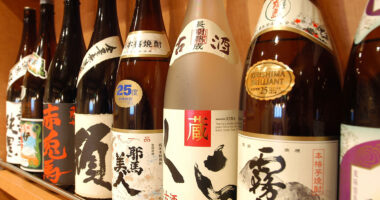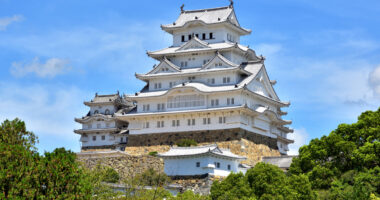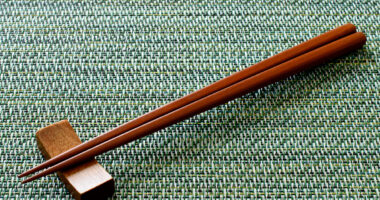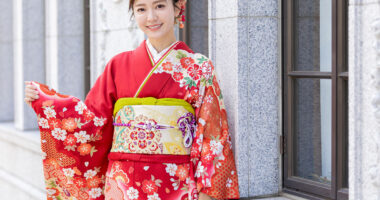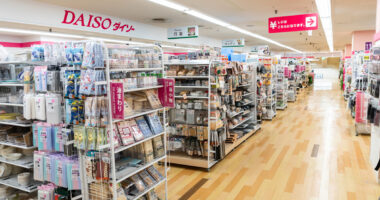Wagashi are traditional Japanese sweets with over 2,000 years of history, embodying Japan’s unique culinary cultural heritage.
Crafted to reflect the changing seasons and complement tea, their elegant appearance and refined sweetness captivate both locals and tourists. Today, varieties like mochi-based, steamed, baked, and molded sweets offer diverse seasonal flavors. This article explains wagashi’s essentials, types, and selection tips for beginners.
For a broader look at Japanese snacks and souvenir tips, check out this related article.
Wagashi’s history and cultural context
Wagashi’s origins are said to trace back over 2,000 years, starting with ground nuts or mochi as their foundation. Over time, influences from Chinese culture, tea ceremonies, and Western confections shaped their evolution.
During the Edo period, advancements in ingredients and techniques solidified modern wagashi’s form. The spread of sugar popularized sweet wagashi, making them beloved among commoners.
Today, while preserving traditional methods, wagashi incorporate new ingredients and techniques, adapting to modern tastes and offering tourists an accessible way to experience Japanese culture.
Wagashi’s core ingredients
Wagashi primarily use plant-based ingredients, with minimal animal-derived materials except eggs. Key components include azuki or white beans, mochi or regular rice, wheat flour, and various sugars.
Sugar types significantly influence flavor. Granulated sugar, white sugar, and wasanbon—a premium, refined sugar with delicate sweetness—are used selectively by wagashi shops to enhance specific sweets.
Wagashi types and classifications
Wagashi are categorized by preparation method or shape, each with distinct traits suited to seasons or occasions.
Mochi-based wagashi
Mochi-based wagashi, like kashiwamochi (a soft rice cake filled with red bean paste and wrapped in an oak leaf), daifuku (a soft rice cake with a sweet filling), and ohagi (a sweet made with glutinous rice, white rice and sweet red bean paste), use mochi as their primary ingredient. Their chewy texture, often filled with anko (red bean paste), makes them a beloved, easy-to-eat treat.
Daifuku, especially popular with tourists, includes modern variations like strawberry or matcha daifuku. Seasonal options like the cherry-blossom themed sakuramochi (Kansai-style Dōmyōji or Kanto-style Chōmeiji) and kashiwamochi are tied to specific events.
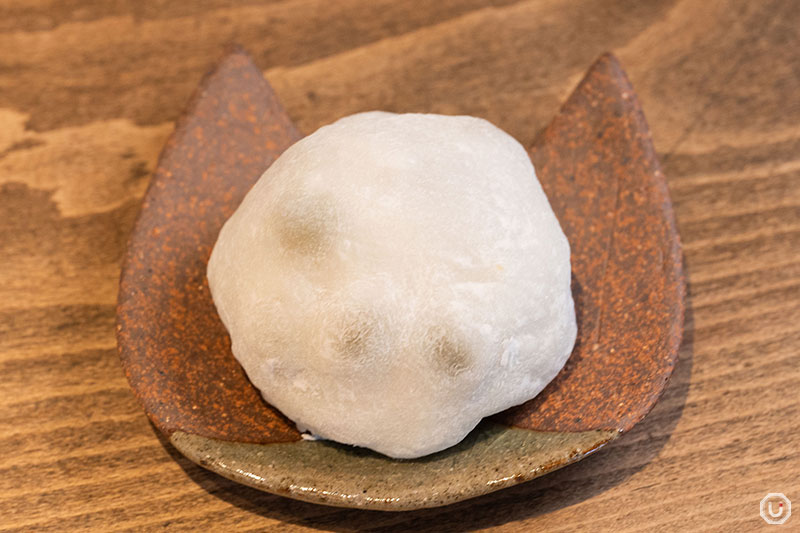
‘Green bean daifuku’ at Mahorodo Sougetsu
Steamed and baked wagashi
Steamed wagashi, such as mushi-manjū (steamed buns with a sweet filling) or steamed yōkan (a firm, jellied dessert made of red bean paste, agar, and sugar) with chestnuts, are known for their soft, fluffy texture. They’re best enjoyed warm for optimal flavor.
Baked wagashi, like dorayaki (a confection of sweet red bean paste sandwiched between two small pancakes), sakuramochi (both Kanto and Kansai styles), and kasutera (a sponge cake inspired by Portuguese sweets, written as “castella” in English), offer a toasty aroma and moderate sweetness, making them popular souvenirs.
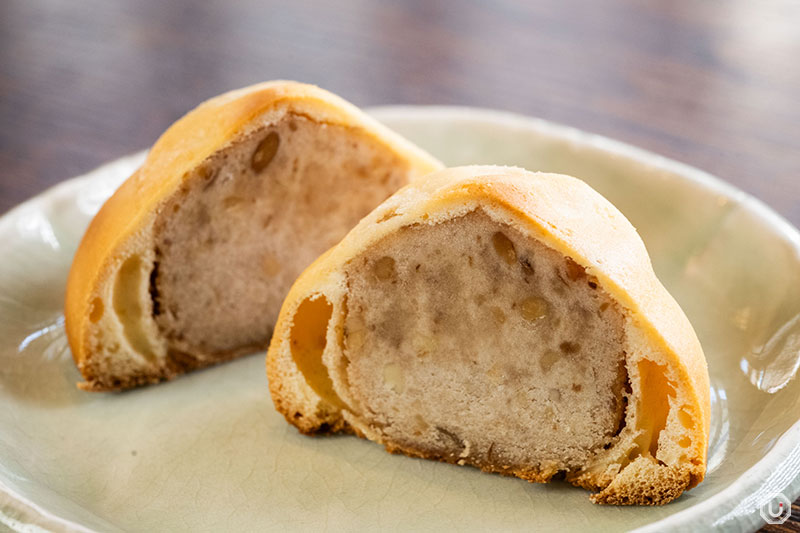
Kurumi Manjū at Kamakura Kanmidokoro Kurumi
Molded and kneaded wagashi
Molded wagashi, like neri-yokan (as opposed to mushi-yokan, the steamed version), are poured into molds and set, offering a smooth texture and refined sweetness. Mizu-yokan (soft yokan with a higher water content), a summer favorite, pairs perfectly with tea.
Kneaded wagashi, such as the soft nerikiri (traditionally from Kanto) or konashi (traditionally from Kansai), are shaped from bean paste, and showcase artisans’ skills with intricate, visually stunning designs.
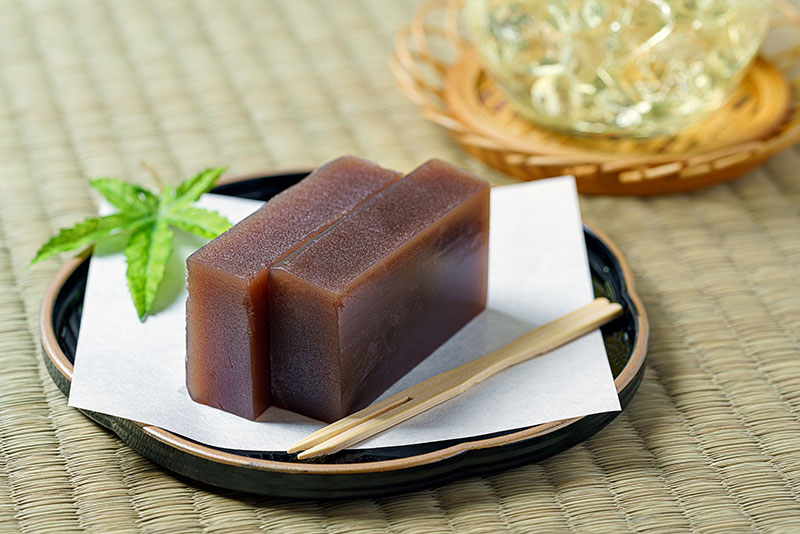
Yokan
Seasonal wagashi enjoyment
A hallmark of wagashi is their reflection of Japan’s seasons, with many varieties exclusive to specific times of the year.
Spring wagashi
Spring brings sakuramochi, kusamochi (also known as yomogimochi and made from mugwort leaves), and hanami dango (pink, white and green dango dumplings), enhancing cherry blossom season.
For March’s Hina Matsuri (also called Doll’s Day or Girls’ Day, an annual festival in Japan celebrated on March 3rd), hishi mochi (a diamond-shaped confection made of mochi in pink, white, and green layers) and hina arare (sweet, bite-sized rice crackers in pink, white and green) are sold. Nerikiri often features plum or cherry blossom designs.
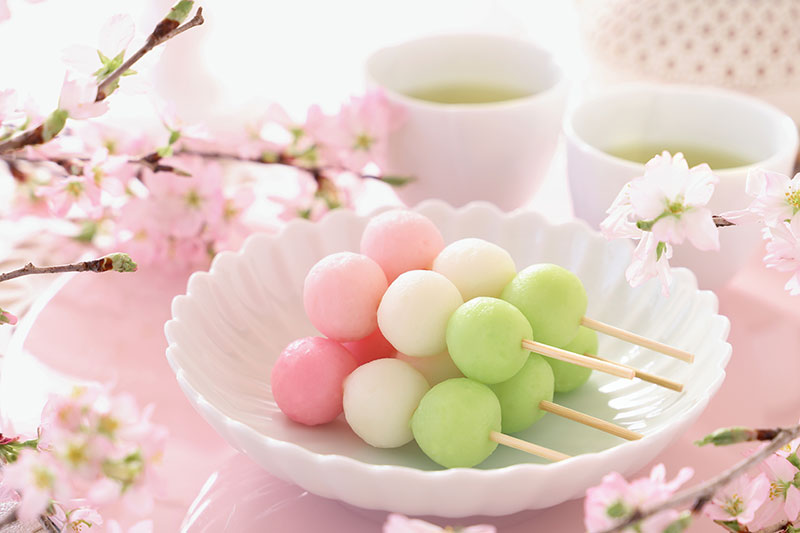
Hanami dango
Summer wagashi
Summer offers cooling wagashi like mizu yokan, kuzuzakura (a cake of red bean paste covered in jelly made from the root of the kudzu plant), and kuzu mochi (gelatinous cakes made with kuzu). Their translucent look and refreshing taste provide relief from heat.
For July’s “Tanabata Festival” (also known as the “Star Festival”), star-shaped nerikiri in cool blue or white hues appear, alongside kakigōri, (shaved ice)-style wagashi or chilled zenzai (sweet red bean soup).
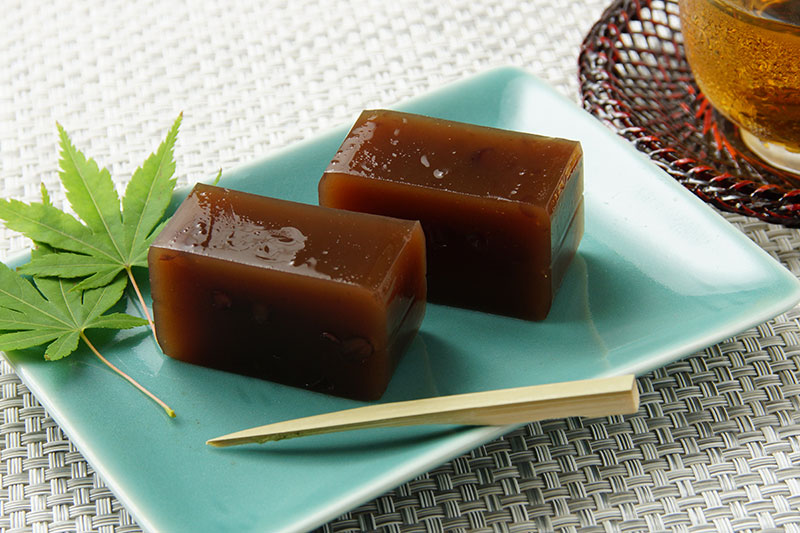
Mizu yokan
Autumn and winter wagashi
Autumn features chestnut-based wagashi and nerikiri with maple leaf motifs. Kurikinton (a sweet made from sweetened mashed chestnuts) and kuri yokan (yokan with chunks of chestnut) are popular fall treats.
Winter brings January’s hanabiramochi (a flower petal-shaped sweet featuring a thin white mochi layer wrapped around red bean paste) and warm oshiruko (sweet red bean soup). New Year’s wagashi, shaped like pine, bamboo, or cranes, symbolize good fortune.
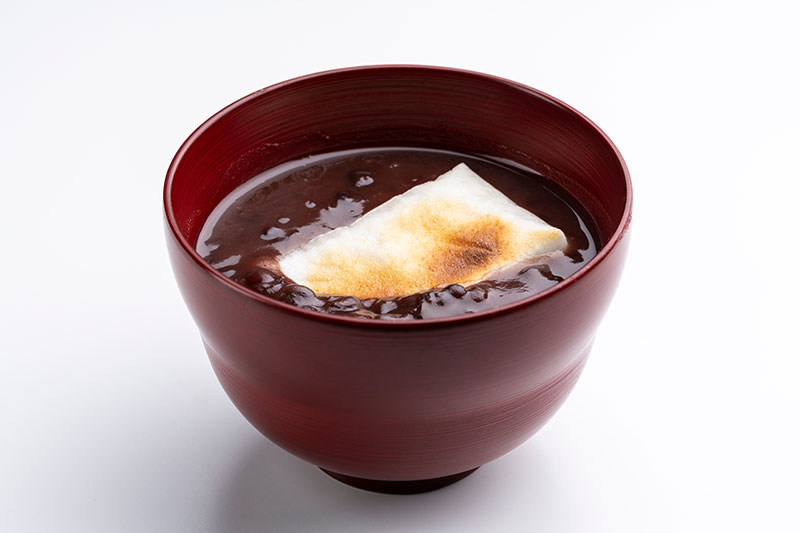
Oshiruko
Choosing wagashi: Tips and considerations
For beginners, a few key tips ensure a great wagashi selection, considering purpose, taste, and storage.
Purpose-based selection
For gifts, choose shelf-stable yokan, monaka (a traditional Japanese wafer sweet), or dorayaki, which last days at room temperature. These avoid burdening recipients with immediate consumption.
For immediate eating, fresh nerikiri or daifuku are ideal. Seasonal wagashi make memorable travel souvenirs.
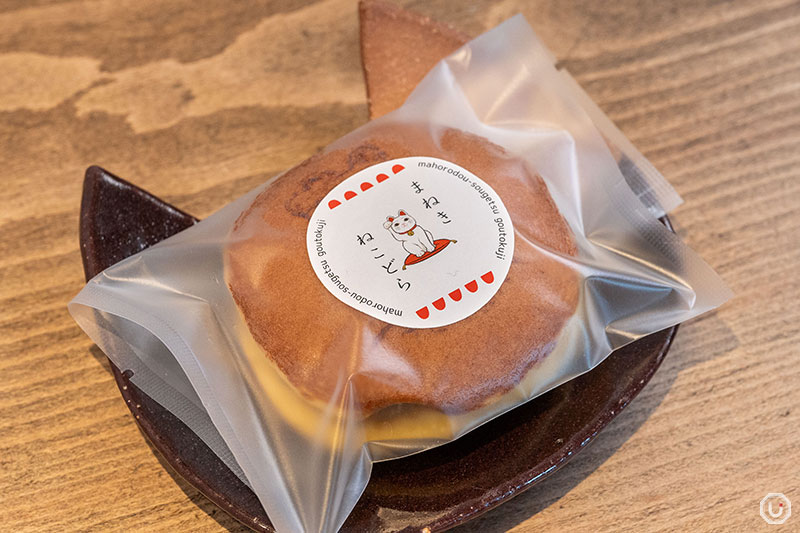
Maneki Neko Dora at Mahorodou Sougetsu
Flavor preferences
For those who prefer less sweetness, salted sakuramochi or light mizu yokan are great choices. Matcha wagashi offer a balanced bitterness and elegance.
For sweet lovers, anko-filled daifuku or rich chestnut kuri yokan are perfect. Beginners can start with familiar dorayaki.

Strawberry daifuku
Storage and purchase tips
Wagashi storage varies by type, so confirm with staff at purchase. Fresh wagashi need same-day consumption, while yokan or monaka last days at room temperature.
For tourists, consider travel duration and choose shelf-stable options, as refrigerated wagashi are harder to transport.
Classic wagashi for beginners
With many wagashi varieties, beginners should start with accessible classics to find favorites.
Recommended classic wagashi
Dorayaki, with its combination of sweet filling and pancake-like dough, is very approachable. Shelf-stable and popular as souvenirs, it includes modern honey or butter variations.
Daifuku, a mochi-based classic, is also recommended for its soft mochi encasing anko. Varieties like strawberry or matcha daifuku offer Japan’s unique texture.
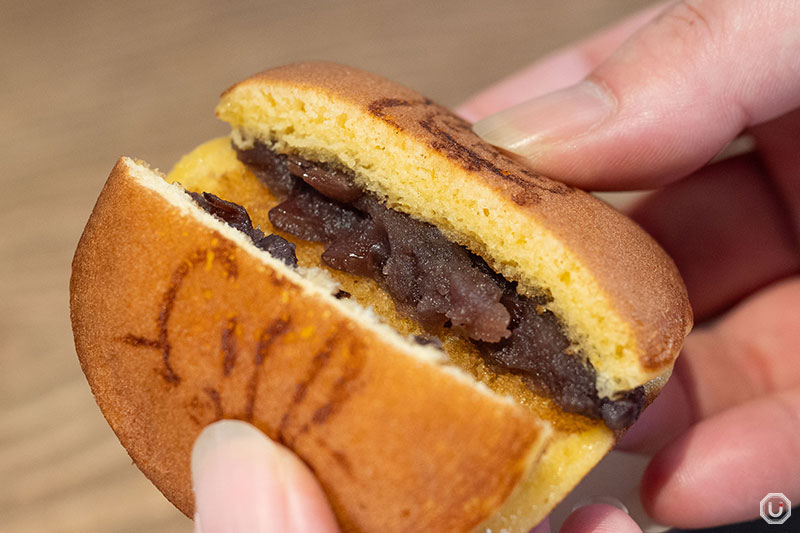
Maneki Neko Dora at Mahorodou Sougetsu
Seasonal specialties
Sakuramochi, a spring favorite, balances salty cherry leaves with sweet anko. Kanto and Kansai styles offer varied textures, making them fun to compare.
Kashiwamochi, eaten on Children’s Day in May, is wrapped in oak leaves for aroma, offering a cultural experience.
Wagashi etiquette
Enjoying wagashi fully involves understanding basic etiquette, rooted in tea ceremony traditions.
For more on sadō (tea ceremony), check out this article.
Pairing with tea
Wagashi are designed to complement Japanese tea, like matcha, sencha, or hojicha. Sweet wagashi pair well with bitter matcha, while lighter ones suit sencha or hojicha. Serve tea at a moderate temperature for the best experience.
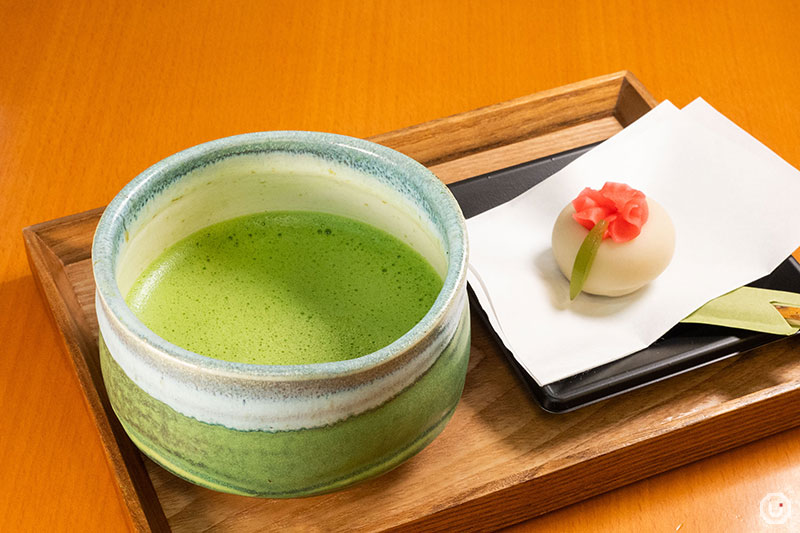
Kaminari Issa’s Special Matcha served with Jōnamagashi (Premium Japanese Sweets) at Kaminari Issa
Eating etiquette
Wagashi are typically cut into bite-sized pieces and eaten with toothpicks or kuromoji (flat foodpicks traditionally made from the kuromoji shrub). Take time to appreciate their beauty rather than rushing.
For delicate nerikiri, use utensils, not hands, to savor the artistry and seasonal essence with all senses.
Summary
Wagashi, with over 2,000 years of history, are a beautiful expression of Japan’s seasons and culture, encompassing mochi-based, steamed, baked, and molded varieties, each with unique charm.
Beginners can start with approachable dorayaki or daifuku, while seasonal specialties create lasting travel memories. Paired with Japanese tea, wagashi offer a deeper flavor experience.
Beyond mere sweets, wagashi are artistic embodiments of Japan’s aesthetics and seasonality. When visiting, try various wagashi to immerse yourself in Japan’s rich culinary culture.
